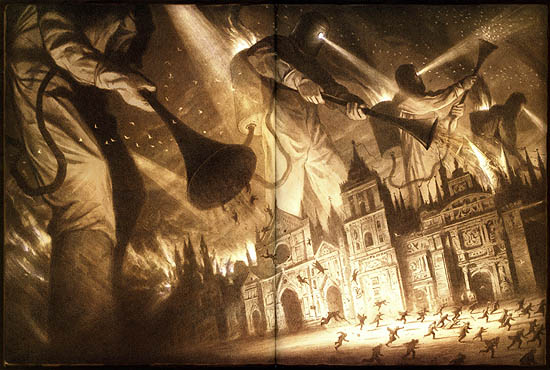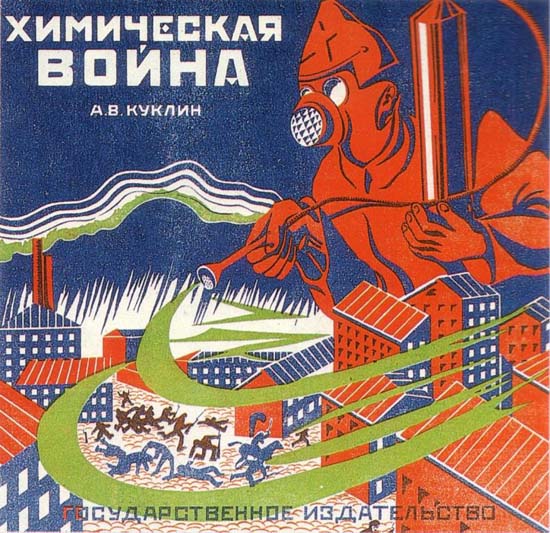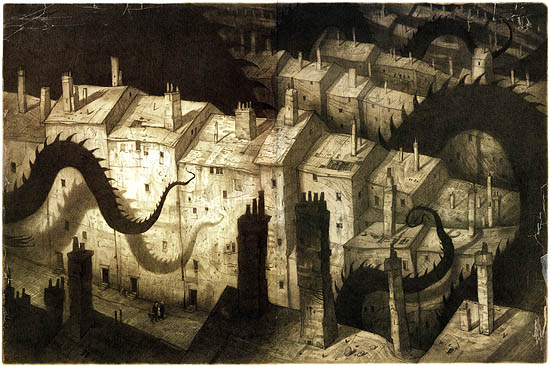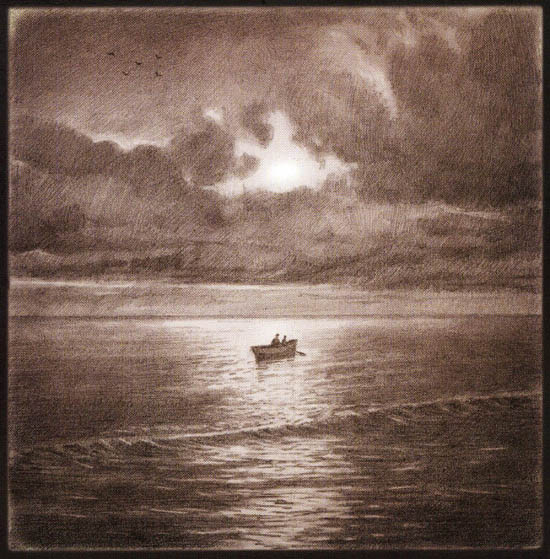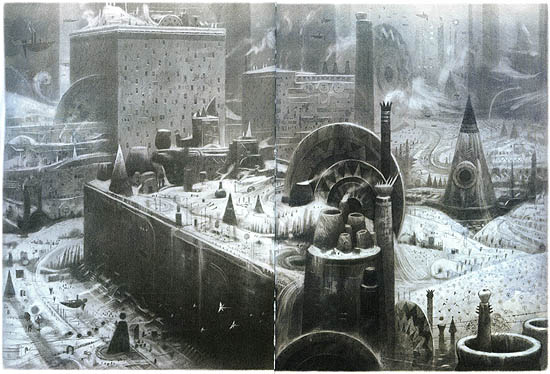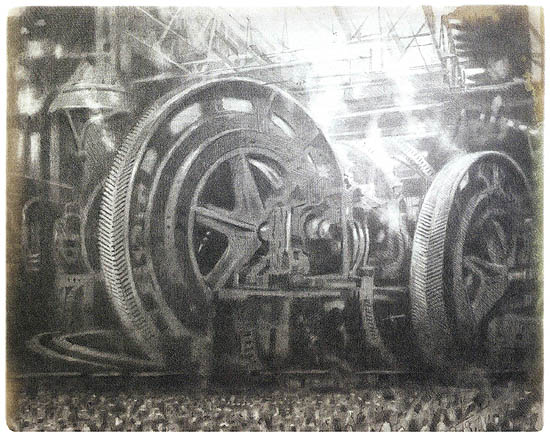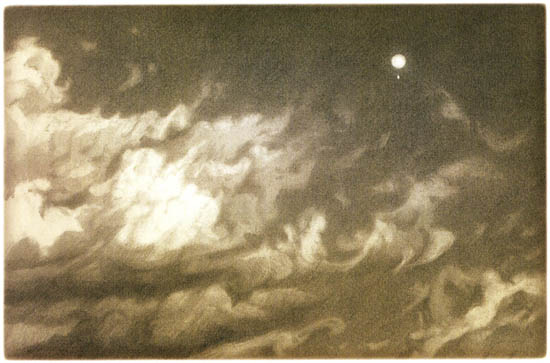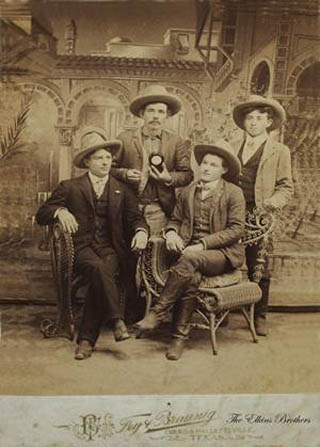 First-generation German immigrants in Texas
First-generation German immigrants in Texas

As we talked with Studiolum in a cozy Jewish retro cafe on Kazinczy utca, Budapest, I kept wondering how often I come across old cemetery photographs, fading handwritten documents, and amazing tales of the scattered ethnic and religious minorities, in my line of work as a geneticist – and how it is a quintessential Río Wang material. But how can these stories be retold and shared when there are live people at the extant branches of the old family trees? Having conferred with genealogists and privacy experts, I understand that there is an accepted way to share the tales of the past, while leaving the present under wraps. Let me try it now with one open-ended genetic mystery. We are heading into the 1850s Texas, to a German colony there. If you have seen Tarantino’s “Django Unchained”, set in 1855 Texas, you probably remember Dr. Schultz complaining how his German was getting rusty to Django’s black Valkyrie. But for the characters of our story, German remains the primary language; they read their local newspaper,
Neu-Braunfelser Zeitung, in German, they mark their gravestones in German too. Let’s go.
 A XIX c. German cemetery in a ghost town of Old D’Hannis, TX, was one of the places which turned up in the search for the Texan Zurchers.
A XIX c. German cemetery in a ghost town of Old D’Hannis, TX, was one of the places which turned up in the search for the Texan Zurchers.
Inset: One of the first issues of Neu-Braunfelser Zeitung, 1852
But first, the “why” question, just how the old-style gumshoe genealogy comes into the high-tech world of modern medical genetics.
Clinical genetic testing for predisposition to the diseases which strike in adulthood (such as breast cancer) retains the classic flavor of a genetic high-risk family study even in 2013. If there is strong family history of cancer, then one gets tested, and learns about one’s personal risk level. But if someone has little or no history of the disease, perhaps because the family was too small, or the patient was adopted, then it’s a real hurdle to get a test. So you can see why people learn all the details about the health of their relatives, and recite all these details when they order tests, and why they get tested together with their family members. Decades ago, this kind of genetic testing was so exotic that it required a determined researcher, or an influential family leader (or both!) to get the ball rolling, and to be a
de facto project coordinator.
Luckily, the things have changed. Genetic predisposition testing has become routine, with hundreds thousands people taking tests every year. It also means that the testing in the families has become uncoordinated. Often, people no longer learn the complete picture, who in the family was afflicted with what condition, who else got tested with what kind of a result. And it’s just perfectly fine most of the time. They get a negative or, sometimes, a positive result, and may be all they needed. But then, occasionally, the result defies an easy interpretation, and that’s when the family lore begins to matter. Because unfortunately, not every kind of genetic variation is easy to interpret (and every one of us has millions of genetic variants in our chromosomes!). Usually it’s almost crystal clear if a mutation breaks the gene, or if it leaves all of its important parts completely unperturbed. Sometimes, though, a mutation looks like a not-quite-right part in a complicated machine, kind of like a screw of a wrong size or a wire of a wrong length ... the whole machine doesn’t look obviously broken, but is it going to work now? Mother Nature builds sturdy little machines, where not every little bolt is important!
 Molecular structure of the product of the BRCA1 “breast cancer risk” gene with the location
Molecular structure of the product of the BRCA1 “breast cancer risk” gene with the location
the New Braunfels Zurcher mutation. Highlighted in yellow is a little “part” (an amino acid
residue) which is replaced by a part of a fairly different shape. Is it going to work now?
Insets: Chart of percentage DNA sharing between relatives (strictly speaking, it’s “autosomal”
DNA only, and percentages for distant relatives are statistical averages rather than
precise numbers); a drawing of the Zurcher family tree with mutation
carriers in black and known cancers in red.
That’s where family connections become really important, and the more distant family, the better. Everyone shares DNA with their relatives; we are 50% genetically identical to our parents, brothers, or sisters, but we share less than 1% of our genes with our 3rd cousins. So if one repeatedly finds the same unusual mutation in a cancer gene in the distant relatives with the same cancer syndrome, then you realize that it didn’t happen by chance. If, whenever you find cancer, you find the mutation, then you can predict who else is at risk (those who carry the mutation), and which relatives are risk-free (because they don’t have the mutation). Charting the elusive family connections isn’t straightforward at all, but finding the missing links may be really rewarding.
The Neu-Braunfels genetic variant story started from the usual family quizzing and family testing – asking patients about their family history, and imploring them to ask their relatives to take this useless genetic tests (and it was practically useless because at the time, nobody could vouch if the variant had anything to do with cancer). Two families responded, and there were a few takers, all close relatives. But we still needed many more test-takers, and more distant relations, by the time the interest abated. The investigation ended without any conclusions.
Fast-forward to 2013. Another young lady have tested positive for the same variant, and I noticed something peculiar. Our new patient lived in the vicinity of San Antonio, Texas, and so did several members of a family which took part in the investigation 2 years earlier. What if...? Yes, in a not-so-few keystrokes I was able to find a 2006 obituary of her grandmother, and to match it with birth and marriage records of the other family (I should mention that most vital records in Texas are available online). The new patient was their 2nd cousin – and neither branch of the family knew that breast cancer was also ravaging the other branch!
But there was more. It didn’t take much longer to realize that all other carriers of this mutation lived in Texas and Arkansas, and to use vital records, census records, and gravestone catalogs to retrace their roots to their shared great-great and great-great-great-
grandparents. Yes, they were all one big, scattered family: the Neu-Braunfelser Zurchers!
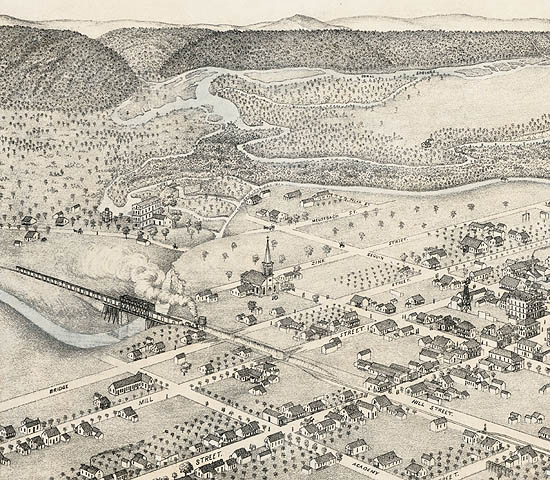 Map of Neu-Braunfels, 1881 (detail, click for the full map)
Map of Neu-Braunfels, 1881 (detail, click for the full map)
Their story begins in 1821 when Stephen Austin, “The Father of Texas”, first secured a grant to settle 300
Norteamericano families near San Antonio from the colonial authorities of Nueva España who were just about to loose the Mexican War of Independence. Soon, the Viceroyalty of Nueva España turned into Mexican Empire and then to Mexican Republic, but the Anglo settlers kept trickling in, and the conflicts with the Mexican authorities worsened. In 1836 Texas declared independence, and it marked the beginning of a decade or armed hostilities with Mexico and their Comanche Indian allies. The republican government of Texas was desperate to bring in more non-Hispanic settlers, and not just Anglos; they thought that the Germans would do.
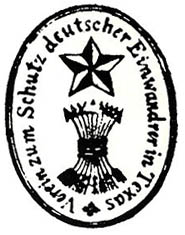
Enter
Mainzer Adelsverein, the German Noblemen Association chartered in Mainz in 1842 with the ostensible purpose of moving Germans to Texas and protecting them there – but ultimately for wrestling control of Texas from the Anglos and creating a German-ruled colony in the New World. The following year the Adelsverein made its first foray into Texas, establishing Nassau Plantation (christened after Adelsverein’s Lord Protector, the Duke of Nassau), a tiny speck on the map of Texas with its area of just 17 square kilometers. And then in spring 1844, Price Carl von Solms-Braunfels secured a real deal for the Adelsverein: 13000 square kilometers of the Fisher-Miller Land Grant, deep inland beyond the Llano River! Before the year’s end, hundreds of settler’s families arrived to Carlshafen (aka Indianola, but renamed by Prince Carl to serve as the Germans’ exclusive seaport, which they wouldn’t need to share with any Anglos; it’s been abandoned more than a century ago).
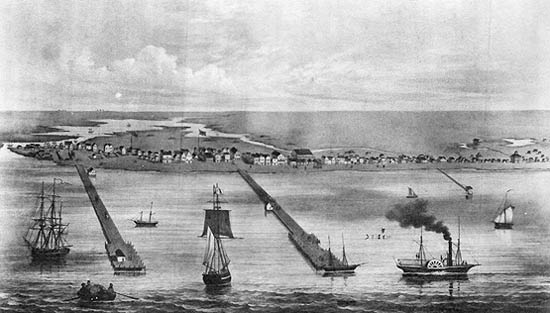 Port of Indianola/Karlshafen
Port of Indianola/Karlshafen
On one of the first ships to arrive, the Heinrich, was a 40 years old Alsatian immigrant called
Nicholaus Zürcher. The Zürchers were bound for a Medina river settlement of D’Hannis, chartered by a French benefactor of the Republic of Texas; all in all just 27 Alsatian families moved there. Only the old cemetery with a ruined church stands there now, with a number of Zuercher/Zürcher gravestones. They were from a tiny
village of Oberentzen in the Haut-Rhin department of Alsace, today’s population 528, just a few kilometers from Rhine, so in the U.S. documents sometimes they called their place of origin France, sometimes Germany; sometimes Mulhouse, sometimes Colmar.
 German immigrants to Neu-Braunfels. Bundesarchiv Bild 137-005007
German immigrants to Neu-Braunfels. Bundesarchiv Bild 137-005007
Most of the Zurcher immigrants remained in Medina county with the Alsatians, but Nicholaus’s first wife Magdalena died in 1846, and he struck out for Adelsverein’s German holdings. Prince Carl’s Adelsverein migrants mostly arrived very late in 1844, and there was no way they could reach the Fisher-Miller Land Grant in time for spring planting; worse, the land Prince Carl has bought turned out to overlap with the hunting range of the hostile Comanches! (The whole German Texas story is shaped by unbelievable business ineptitude of the German Noble class as well as by the amazing business acumen of the German commoners; I can’t help thinking that those German migrants must have brought the seeds of the 1848 Revolution with them already!). So the wagon trains from the Carlshafen were too late for their supposed destination; but Prince Carl managed to buy some more land for them mid-way to there – and it happened to be the land which included Comal Springs, the largest freshwater spring in the US South-West and the source of a short but mighty Comal River. This is where Neu-Braunfels (named after Prince Carl’s titular holdings) has spring up – and in just a few years it boasted the best cotton and wool mills in Texas, powered by the raging waters of Comal! Having failed, repeatedly, to organize the immigrant wagon trains on time, Prince Carl was ousted from the Adelsverein, and his successor negotiated a peace and land sharing treaty with the Comanches (the only treaty between Indians and Whites which was never broken by the latter), and finally started moving settlers further inland by 1846. But Neu-Braunfels on Comal Springs was there to stay.
In October 1846 in Neu-Braunfels,
Nic Zürcher married Elizabeth Loos, a girl from Hesse-Darmstadt 20 years his junior. They had at least 8 children, the first one, Fritz, born in February 1848 and last, Minna, in 1870 several months after her father’s death. But in this narrative we are following only their 2nd son Emil, born in 1852, because it’s only in his descendants where we know that the BRCA1 mutation can still be found today. In June 1873, Emil Zercher (as he spelled his surname by then) married 18 years old Eliese Gerhardt, who was brought from Prussia to Comal by her parents when she was just one or two years old. Eliese was 75 when she died, so most likely 3 of their children inherited the mutation from Emil rather than from her: Ida, born in 1875, Lina, born in 1878, and Walter, born in 1898.
Ida Zercher Schneider died at 66; it was in her great-grandchildren and great-great-grandchildren, who remained in the New Braunfels area, where we found the initial family connection between the branches of her two grandchildren, Eldred and Erlyne. Lina Acker was one of the last Neu-Braunfelsers to be memorialized in German by a gravestone reading “MUTTER Gest. 1958”, and her daughter, Valeska Schulmeier, gave rise to the Arkansas branch of the family before dying at 62; her son passed the mutation to Valeska’s granddaughters who were struck by the disease. Walter passed on the mutation to his son Clarence Zercher, and among Clarence’s children and grandchildren, breast cancers struck fearsomely early, attacking the young women in their 30s.

“The mystery solved!”, you’d think, “and now everybody got a clear answer”. No, it couldn’t be further from the reality. True, we proved the connection between the mutation and cancer in this family beyond doubt – but the cause-and-effect link is harder to prove. Did the use of a wrong amino acid directly impact the work of the BRCA1 protein? Or was it a mere genetic marker, in itself inconsequential but heralding a different, hitherto unknown mutation somewhere else in this gene? A geneticist can easily see how this mutation may disrupt the protein; indeed it is located in bundle of spiral-like structures knows as alpha helices, and the mutation brings in an amino acid of a different shape which is singularly unsuitable for an alpha-helix. We also know this specific alpha-helix plays a big role in cancer risk; in fact a different mutation just a notch up its spiral even has
a popular book written about,
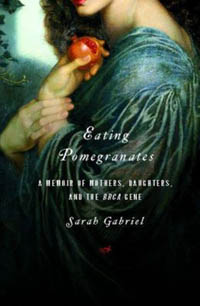
a narrative of a cancer-ravaged family and of the British geneticists who spent nearly a decade trying to make sense of their genetic variant, become coming up with a “guilty verdict”. Is the New Braunfels mutation culpable, too? Occam’s razor isn’t accepted in clinical genetics; the most straightforward explanation isn’t always the one all the experts agree on.
But, you’d think, for the Zurcher descendants, it shouldn’t matter if the mutation is the direct cause of cancer, or a perfectly correlated marker of cancer. Either way, it accurately predicts who is at risk and who isn’t, and isn’t it all what really matters to the patients? And if cancer can’t be avoided, then either way it puts them on track to get new
chemotherapy drugs which are only supposed to work when BRCA1 gene is broken? Yes, but ... the experts can’t agree on how to break the news to their physicians. The patient privacy rules are strict, and it’s illegal to disclose personal information of any patient to any other doctor. To say that “we also found this mutation in Jane Doe who is the 3rd cousin once removed of your patient” is to break the law. And if we chose to speak in the most general terms, like, “there is a large family and your patient is one of them, but we can’t disclose any specifics”, then these gynecologists and oncologists might become incredulous, like, “Do you
really know it about my patient? Nothing on her chart indicates such an extensive family history! What is your proof?”.
So the genealogy mystery is solved, but the story has no happy end. It is mired in a legal and ethical quandary, and for the scattered descendants of Emil Zurcher, there is no resolution in sight.








